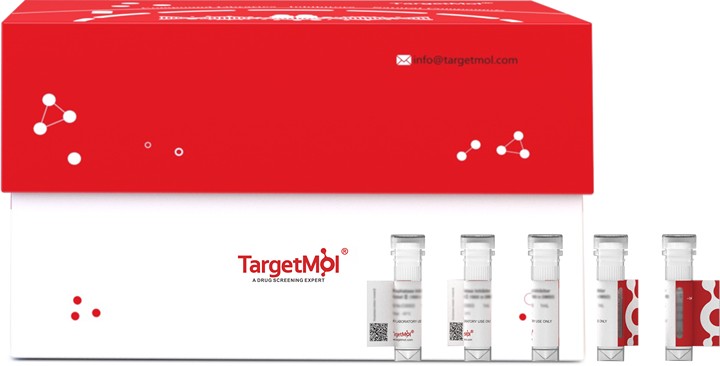Shopping Cart
- Remove All
 Your shopping cart is currently empty
Your shopping cart is currently empty

EphA6 Protein, Human, Recombinant (His) is expressed in HEK293 Cells. The accession number is Q9UF33.

| Pack Size | Price | Availability | Quantity |
|---|---|---|---|
| 100 μg | $687 | Backorder | |
| 1 mg | $4,580 | Backorder |
| Biological Activity | 1. Immobilized EphA6 Protein, Human, Recombinant (His) (Cat#TMPY-07134) at 2 μg/mL (100 μL/well) can bind Ephrin A3 Protein, Human, Recombinant (hFc) (Cat#TMPY-01392), the EC50 is 20-60 ng/mL. 2. Loaded Ephrin A3 Protein, Human, Recombinant (hFc) (Cat#TMPY-01392) on proA Biosensor, can bind EphA6 Protein, Human, Recombinant (His) (Cat#TMPY-07134) with an affinity constant of 43.1 nM as determined in BLI assay (Sartorius Octet RED384) (Routinely tested). |
| Description | EphA6 Protein, Human, Recombinant (His) is expressed in HEK293 Cells. The accession number is Q9UF33. |
| Species | Human |
| Expression System | HEK293 Cells |
| Tag | C-His |
| Accession Number | Q9UF33 |
| Synonyms | PRO57066,HEK12,FLJ35246,EPHA6,EPA6,EK12,EHK-2,EHK2 |
| Construction | A DNA sequence encoding the Human EphA6 (Q9UF33) (Trp23-Val550) was expressed with a polyhistidine tag at the C-terminus. |
| Protein Purity | ≥ 90% as determined by SDS-PAGE. ≥ 90% as determined by SEC-HPLC. |
| Molecular Weight | 60.59 kDa (predicted); 63.8 kDa (reducing contition, due to glycosylation) |
| Endotoxin | < 1.0 EU per μg protein as determined by the LAL method. |
| Formulation | Lyophilized from sterile PBS, 0.02% tween 80, pH 7.4. Please contact us for any concerns or special requirements. Normally 5 % - 8 % trehalose, mannitol and 0.01% Tween 80 are added as protectants before lyophilization. Please refer to the specific buffer information in the hardcopy of datasheet or the lot-specific COA. |
| Reconstitution | Please refer to the lot-specific COA. |
| Stability & Storage | It is recommended to store recombinant proteins at -20°C to -80°C for future use. Lyophilized powders can be stably stored for over 12 months, while liquid products can be stored for 6-12 months at -80°C. For reconstituted protein solutions, the solution can be stored at -20°C to -80°C for at least 3 months. Please avoid multiple freeze-thaw cycles and store products in aliquots. |
| Shipping | In general, Lyophilized powders are shipping with blue ice. |
| Research Background | Ephrin type-A receptor 6, also known as EphA6 or EHK2, belongs to the ephrin receptor subfamily of the protein-tyrosine kinase family which 16 known receptors (14 found in mammals) are involved: EPHA1, EPHA2, EPHA3, EPHA4, EPHA5, EPHA6, EPHA7, EPHA8, EPHA9, EPHA10, EPHB1, EPHB2, EPHB3, EPHB4, EPHB5, EPHB6. The Eph family of receptor tyrosine kinases (comprising EphA and EphB receptors) has been implicated in synapse formation and the regulation of synaptic function and plasticity6. Eph receptor−mediated signaling, which is triggered by ephrins7, probably modifies the properties of synapses during synaptic activation and remodeling. Ephrin receptors are components of cell signalling pathways involved in animal growth and development, forming the largest sub-family of receptor tyrosine kinases (RTKs). Ligand-mediated activation of Ephs induces various important downstream effects and Eph receptors have been studied for their potential roles in the development of cancer. In the vomeronasal system, Ephrin-A5/EphA6 interactions mediate attraction or adhesion rather than repulsion. |

Copyright © 2015-2025 TargetMol Chemicals Inc. All Rights Reserved.